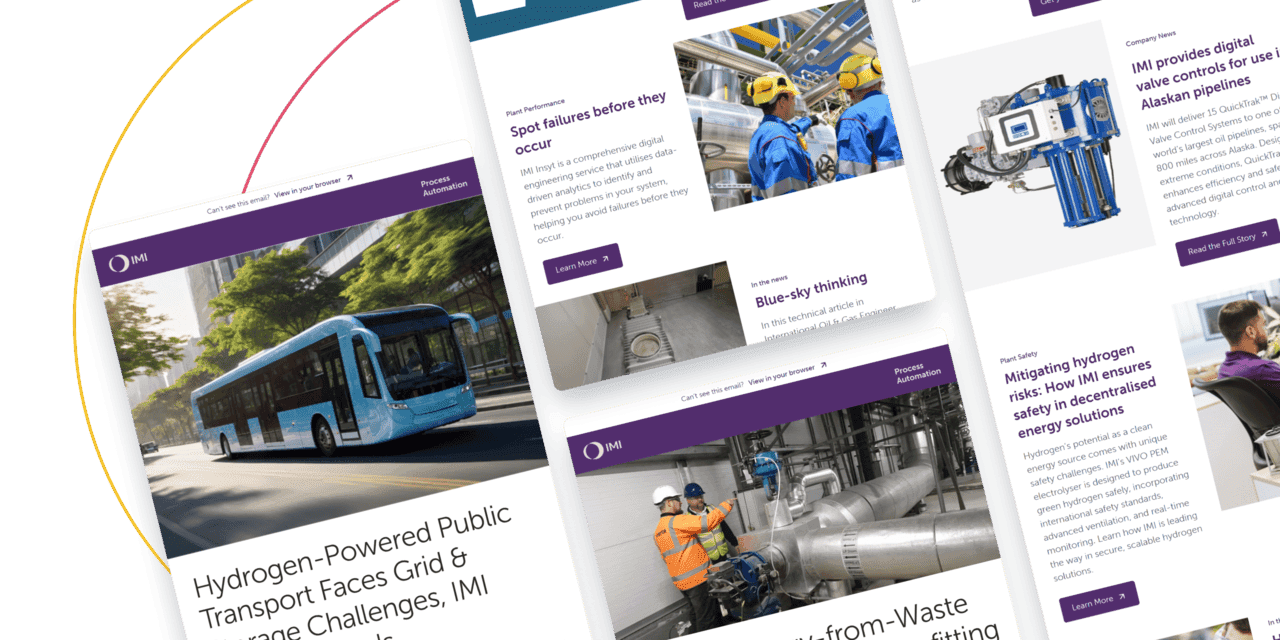
INDUSTRY NEWS
Decentralised hydrogen generation crucial for UK heavy transport

Written By Jackie Hu
January 29, 2024
The UK Government’s most recent Hydrogen Strategy Update made for welcome reading on H2 and its vital role in the future of the heavy transport and logistics sector.
Specifically, it identified the heavy transport and logistics sector as a key driver of hydrogen uptake in the medium- to long-term. However, it also highlighted that the limited rollout of existing H2 infrastructure could hinder the fuel’s more widespread uptake.
Regardless of the insufficient number of grid-connected refuelling stations, the adoption of hydrogen-powered fleets will be crucial to decarbonising the sector and immediately reducing emissions. But while the update’s emphasis on co-locating supply and demand through large-scale hydrogen storage and integration within gas networks are undoubtedly welcome steps in this direction, this plan’s full execution could take years if not decades to materialise.
This is insufficient, as action is needed now to reduce emissions. Green, decentralised solutions such as proton exchange membrane (PEM) electrolysers could help bridge this gap. Adopted at scale, these solutions could help alleviate current obstacles while the fit-for-purpose hydrogen vehicle infrastructure required for the sector’s net zero journey is being developed.
Additionally, the adoption of decentralised generation technologies may reduce strain on the UK’s under-pressure National Grid, highlighted by the continuation of demand flexibility services this winter. The use of smaller-scale, modular hydrogen facilities based on electrolyser technology are well-placed to alleviate this issue in urban areas and hard-to-electrify rural locations.
Such challenges demonstrate the logistical obstacles that need to be overcome to integrate hydrogen into the UK’s National Grid. But even though this may be a complicated process, it is necessary nonetheless.
Decentralised energy generation solutions can help commercial transport operators more easily transition to alternative fuels regardless of location, while also lowering storage and transport costs that may have previously proved a barrier to implementation. The convenience and consistency of on-site electrolyser technology should be considered as a cornerstone of the sector’s decarbonisation plans while the latest Hydrogen Strategy Update’s recommendations are rolled out.
Keep in touch
Stay up to date on all the latest news and articles from IMI.

Keep in touch
Stay up to date on all the latest news and articles from IMI.


Keep in touch
Stay up to date on all the latest news and articles from IMI.
Engineering the future together
Looking for the perfect flow control solution? Our experts specialise in providing tailored solutions to meet your unique needs. Let us help you achieve optimal performance, efficiency and safety.